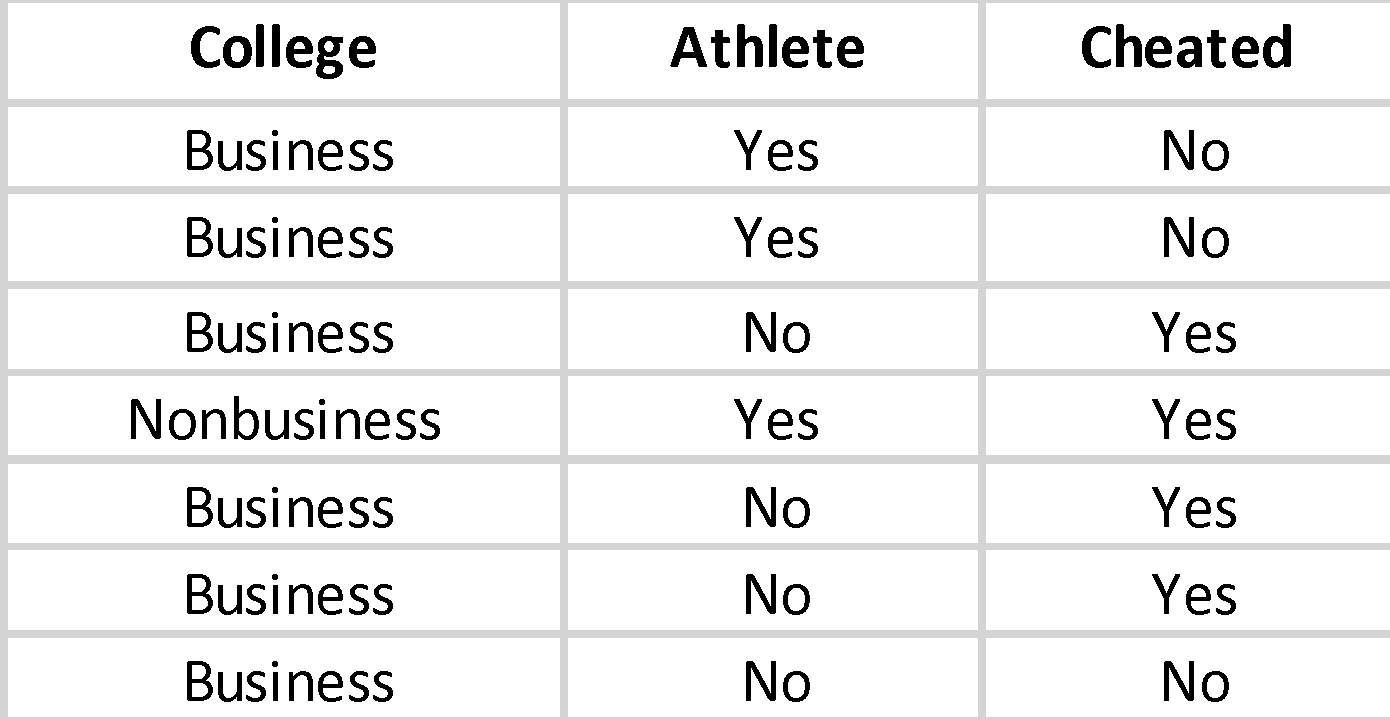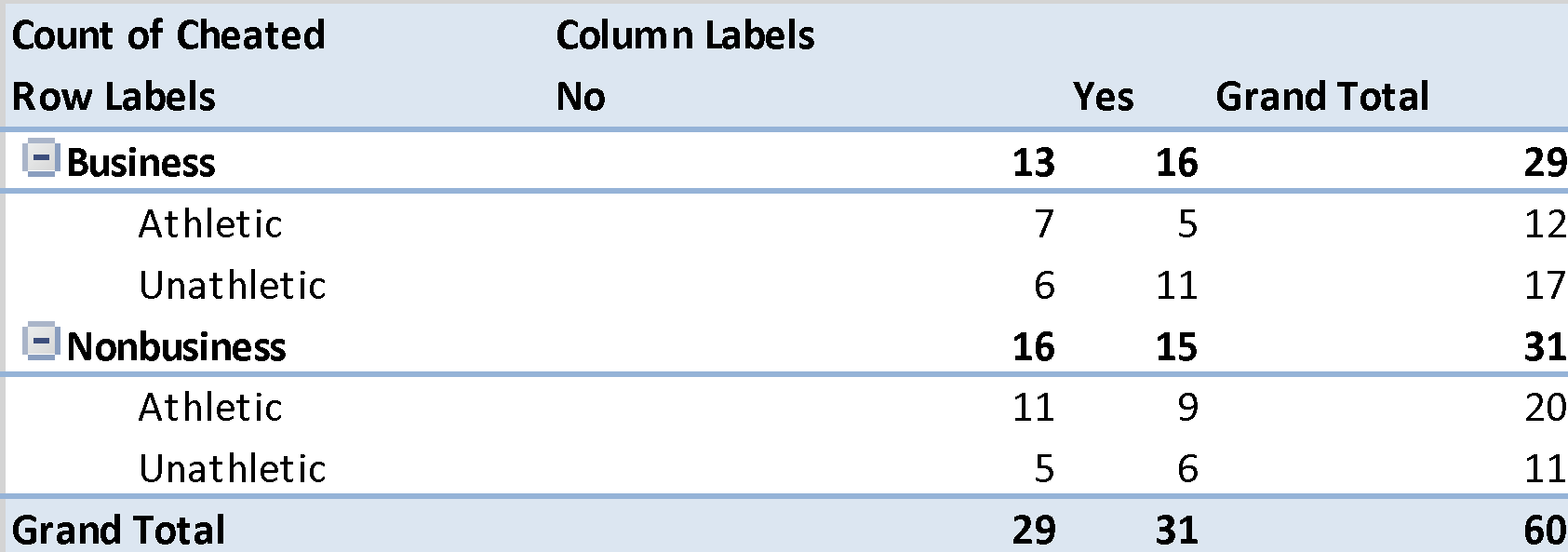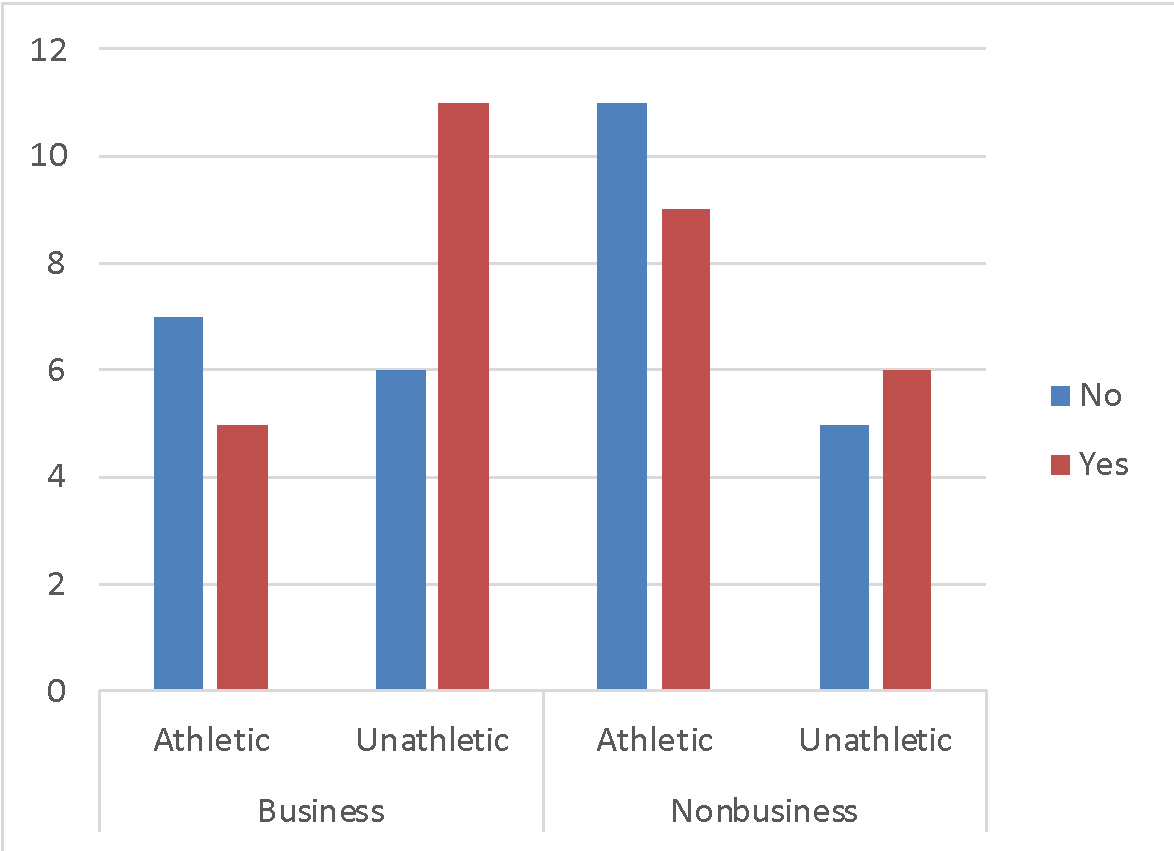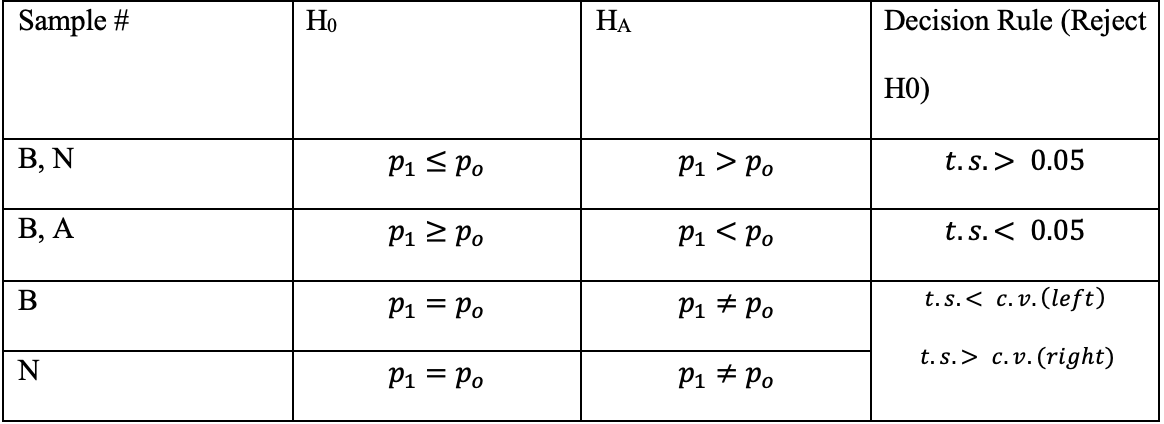Introduction
For educational institutions, cheating is a serious threat to the quality of the academic education received. Systematic cheating causes a lack of final knowledge and, therefore, a decrease in the overall intellectual level of students (Orosz et al., 2018). According to an article in the assignment text, frequent cheating among business school students led to the 2008-2009 economic recession, which slowed economic growth in all countries. However, the connection between cheating in schools and the global recession may seem redundant.
Fascinated by this correlation, the dean of the BDT Education Center asked for a study on the relationship between sports participation among business school students and potential cheating. The critical argument the dean used was that “the spirit of fair play that students develop while participating in sports will make them less prone to cheating.” In other words, the dean was explicitly alluding to a potential link between a passion for sports and reduced cheating among students.
Analysis
For this report, data from sixty students were preliminarily collected. Each of the respondents honestly answered questions about playing sports and cheating. The overall raw data was three columns describing the responses of each of the sixty students. Figure 1 below shows a snippet of this sample.

Primary statistical processing included elements of descriptive statistics. The pivot table (Figure 2) shows summary statistics for athletic and non-athletic students in business schools and other schools. A typical pattern that may already be noticeable is that more non-business school students participated in the survey. Figure 3 visualizes the findings with a histogram: among non-business students, cheating was about twice as common as non-business cheating, while for athletes, the numbers were not significantly different. Finally, the total number of non-business students was cheating was more significant.


The alternative and null hypotheses for the second sample were formulated based on the dean’s thesis. More specifically, the phrase hints that business school students who are athletes are less likely to cheat. Hence, the proportion of such students should be less than the national average, 0.56. The alternative and null hypotheses in this case were formulated as follows:


This is a left-tailed test, which means that if the calculated p-value at the significance threshold of 0.05 is less than this value, the null hypothesis is rejected. For the other tests, the null and alternative hypotheses, as well as the rejection rule, are shown in Figure 4.

For the second sample, it was shown that the p-value was comparably less than 0.05. Consequently, the null hypothesis should have been rejected, implying that the overall proportion of such students is less than the national average (King, 2020). A right-tailed test was used for the first choice, and the calculated p-value was greater than the alpha. It was then concluded that the overall proportion of cheating business school students who do not participate in sports is lower than or equal to the national average. Consequently, a general conclusion can be drawn for business school students. Sport did lead to less cheating, but not exercising was also shown to be associated with less or equal cheating.
For business school students, the p-value for cheating was in the rejection zone. Consequently, the null hypothesis was rejected, which means that the number of business school students who cheat is not equal to the national average. For non-business students, a comparison was made with another national average, namely 0.47. The p-value was also below the threshold, which means that the number of non-business students who cheat was statistically different from 47%. The overall result is that the national average did not match the current sample.
Nevertheless, the overall percentage of cheating at BDT is still high. Of the sixty students surveyed, 31 cheated, which is a pretty dangerous signal. The Dean’s desire to pad the numbers to a good score is unethical and will not be enforced (Frey, 2018). However, a recommended measure is to incentivize student honesty and impose proportionate sanctions for acts of cheating (Mackenzie, 2018). In addition, it would be advisable to expand the sample to evaluate the results on a larger scale.
Conclusion
In conclusion, cheating is a serious threat to the academic community. This report showed that sports were hardly a countermeasure to cheating, but such students cheated less. Based on the results, one might recommend that the Dean continue to invest in sports development at BDT and try to scale the study to a more considerable number of respondents.
References
Frey, B. (2018). The SAGE encyclopedia of educational research, measurement, and evaluation. SAGE Publications.
King, K. (2020). The p-value and rejecting the null (for one- and two-tail tests). Krista King Math. Web.
Mackenzie, M. (2018). How to encourage students not to cheat. Campus Well. Web.
Orosz, G., Tóth-Király, I., Bőthe, B., Paskuj, B., Berkics, M., Fülöp, M., & Roland-Lévy, C. (2018). Linking cheating in school and corruption. European Review of Applied Psychology, 68(2), 89-97.
